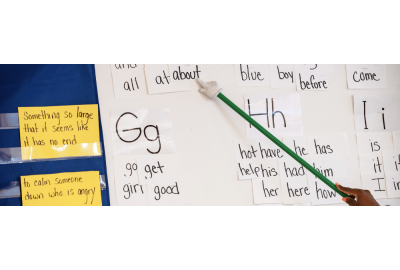Adaptive behavior assessments, such as the ABAS®-3, capture essential data on conceptual, social, and practical skills for diagnostic and educational evaluations. In a neurodiversity affirming framework, these measures support strength-based goal setting, intervention planning, and individualized supports across settings.
Dyslexia and Reading Comprehension
-
Adaptive behavior assessments, such as the ABAS®-3, capture essential data on conceptual, social, and practical skills for diagnostic and educational evaluations. In a neurodiversity affirming framework, these measures support strength-based goal setting, intervention planning, and individualized supports across settings.
-
Uncover the benefits of adding a Certified Academic Language Therapist (CALT) to your dyslexia team. With advanced training in dyslexia assessment and intervention, CALTs provide essential support to students, families, and educators, enhancing educational outcomes and fostering a deeper understanding of dyslexia.
-
Discover how to leverage your TOD® results with expert insights from Barbara Wendling, MA, guiding you in effective dyslexia interventions and recommendations. Learn how the TOD Intervention Guidebook can streamline instructional planning, providing evidence-based strategies grounded in the Science of Reading for comprehensive student support.
-
Explore the dynamic strategies outlined by Chris Rangel, Ed.D., 2022 Texas PTA Elementary Teacher of the Year, as she shares 6 powerful ways school leaders can champion early literacy. From prioritizing essential learning standards to fostering family engagement, discover the key to transformative outcomes in the rapid skill development of young learners.
-
Discover a real-life case example showcasing how the TOD®-C assessment played a pivotal role in diagnosing dyslexia in an adult patient, leading to essential accommodations for career advancement. Explore the comprehensive recommendations and strategies that helped this individual achieve their professional goals, shedding light on the transformative potential of the TOD-C in identifying adult dyslexia.













